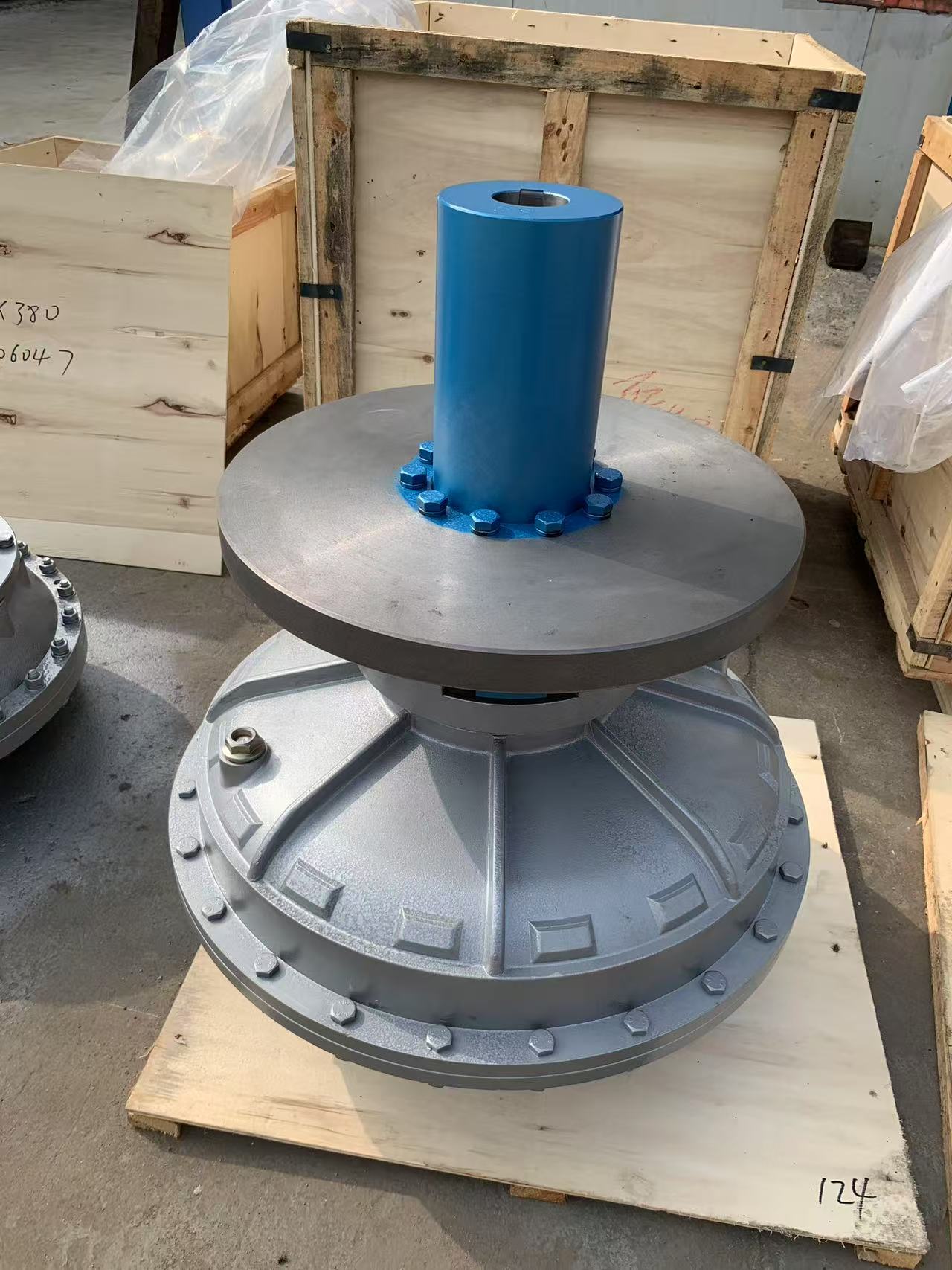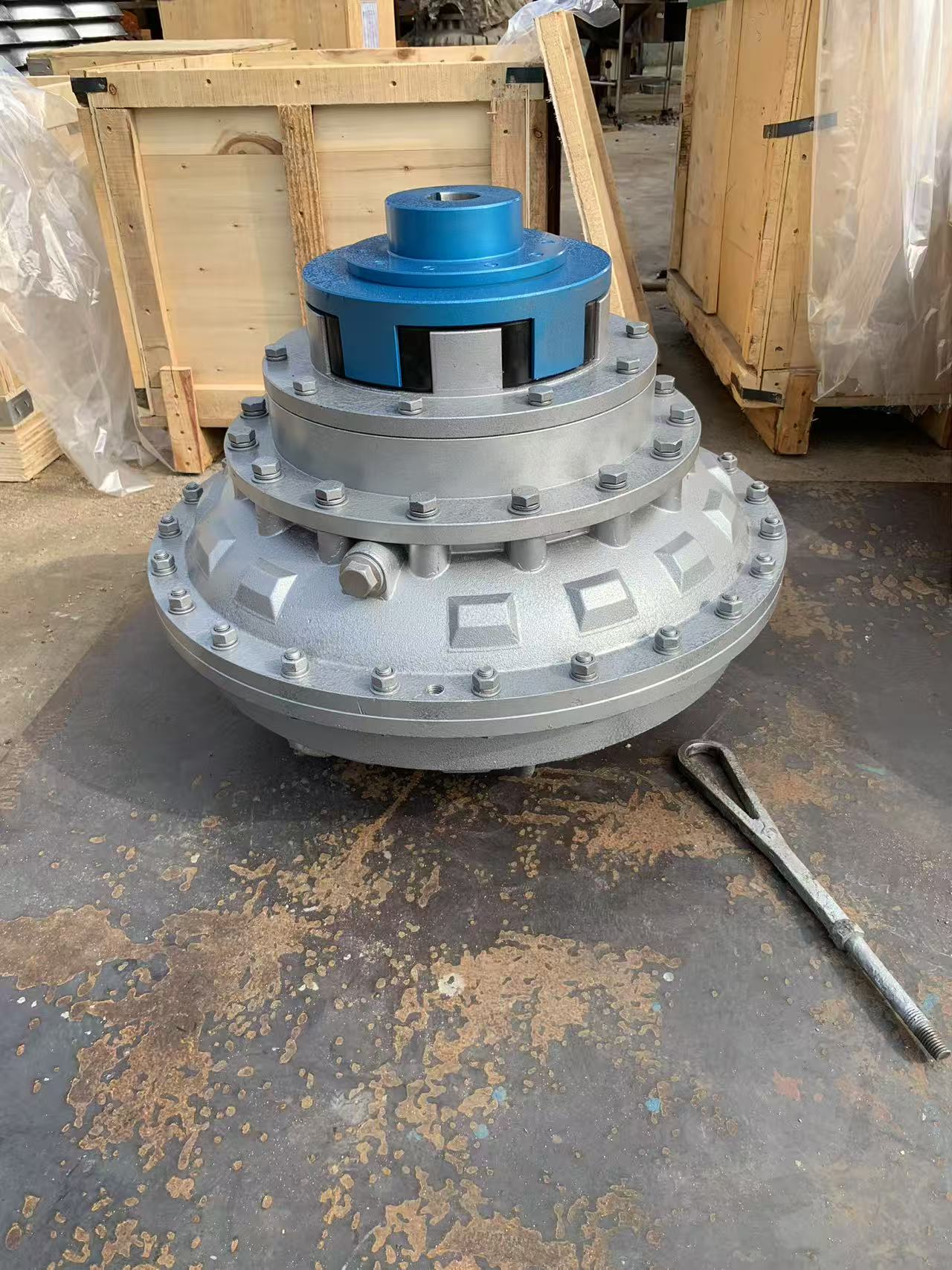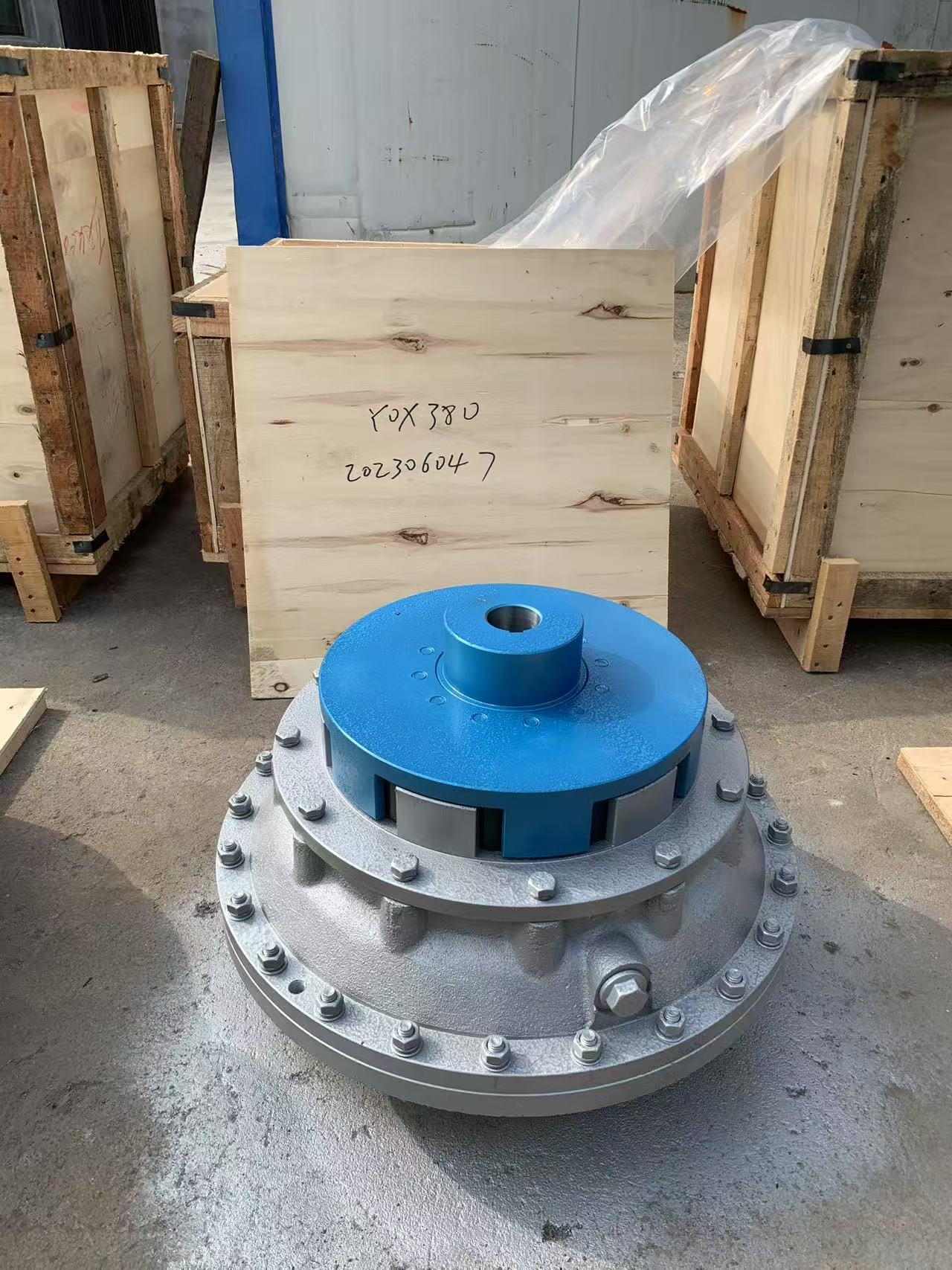
Uncover the working principle and application of hydraulic coupling
2025-05-12 10:49Title: Hydraulic Couplings: The Unsung Hero of Efficient Power Transmission — Unveiling Its Working Principles and Applications
Release Date: 2025.5.12
### Introduction
In the modern industrial landscape, hydraulic couplings are becoming an indispensable key component in numerous industries. They not only provide smooth and shock-free power transmission but also automatically adjust the output torque based on actual operating conditions, effectively protecting machinery from overload damage. This article will provide a detailed explanation of the working principles, structural characteristics, and wide-ranging applications of hydraulic couplings, aiming to offer readers a comprehensive and in-depth understanding.

### I. Overview of Hydraulic Couplings
A hydraulic coupling is a power transmission device that uses a liquid medium to transfer torque. It achieves effective power transfer from the driving end to the load end through the flow of liquid between two rotating components. This design allows hydraulic couplings to provide smooth, shock-free power transmission and automatically adjust the output torque, thereby protecting machinery from overload damage.
### II. Working Principles of Hydraulic Couplings
#### 1. Basic Structure
A hydraulic coupling primarily consists of a pump wheel (driving wheel), a turbine (driven wheel), and a housing. The pump wheel is connected to the driving shaft, while the turbine is connected to the load shaft. A specific liquid medium, typically oil or water, fills the space between the two wheels.
#### 2. Working Process
When the driving shaft rotates the pump wheel, the blades inside the pump wheel throw the liquid outward, creating a high-velocity liquid flow. This liquid flow strikes the blades of the turbine, causing it to rotate and transfer power to the load shaft. In this process, the liquid acts as a buffer and energy transmitter.
#### 3. Speed Control Mechanism
One of the key features of hydraulic couplings is their excellent speed control capability. By adjusting the relative position of the pump wheel and the turbine, the liquid flow can be changed, thereby altering the output speed. This speed control method is simple and reliable, requiring no complex mechanical structures, making it suitable for various operating conditions.
#### 4. Overload Protection
When the system encounters abnormal conditions leading to a sudden increase in load, the internal liquid pressure in the hydraulic coupling increases, causing the output shaft to slow down or even stop, thus providing protection. This self-protection mechanism effectively prevents equipment damage due to overloading.

### III. Key Features of Hydraulic Couplings
#### 1. Smooth Start-Up
Hydraulic couplings allow connected equipment to gradually accelerate to working speed while the motor runs at full speed, significantly reducing the impact of starting current on the grid and the mechanical structure. This is particularly important in scenarios requiring frequent start-ups or significant load variations.
#### 2. Automatic Speed Adjustment
Hydraulic couplings can automatically adjust the output torque based on actual operating conditions, maintaining optimal efficiency. This adaptive capability makes hydraulic couplings perform exceptionally well in various complex operating conditions.
#### 3. High Efficiency and Energy Savings
By effectively absorbing vibrations and shocks, hydraulic couplings help reduce wear between connected components, extending the overall system's lifespan. Additionally, their excellent speed control performance helps improve energy utilization efficiency, achieving energy savings and emission reductions.
#### 4. High Reliability
Hydraulic couplings have a simple structure, are easy to maintain, and offer high reliability and durability. Even in harsh working environments, they can operate stably, ensuring continuous and safe production.

### IV. Application Fields of Hydraulic Couplings
#### 1. Mining Industry
In the mining industry, heavy-duty equipment such as large mining trucks and excavators often need to handle complex terrains and high-load operations. The application of hydraulic couplings not only ensures smooth start-ups but also provides effective overload protection in case of sudden situations, greatly enhancing the safety and reliability of the equipment.
#### 2. Metallurgical Industry
Metallurgical production lines often require handling large quantities of raw materials and semi-finished products, demanding high stability and flexibility from the transmission system. Hydraulic couplings, with their excellent speed control and overload protection capabilities, are widely used in critical equipment such as rolling mills and steel furnaces.
#### 3. Chemical Industry
Chemical production processes often involve high temperatures, high pressures, and corrosive media, posing severe challenges to the durability and sealing of transmission devices. Hydraulic couplings, with their enclosed design, effectively prevent external contaminants from entering the interior, ensuring long-term stable operation.
#### 4. Power Industry
In thermal power plants, boiler feedwater pumps are crucial for maintaining normal unit operation. Due to the fluctuating workload, traditional rigid couplings struggle to meet the requirements. Hydraulic couplings, by flexibly adjusting the output torque, can adapt to different operating conditions, significantly improving overall system efficiency.
### V. Future Development Trends
With the advancement of technology and the increasing societal demand for environmental protection, hydraulic couplings will continue to play a vital role. In the coming years, as new materials and technologies are applied, hydraulic couplings are expected to develop towards higher efficiency and intelligence, offering more possibilities across various industries. For example:
- **Intelligent Control**: Integrating IoT technology for remote monitoring and fault diagnosis, further enhancing the system's automation level.
- **Application of New Materials**: Using lightweight, high-strength materials to manufacture pump wheels and turbines, reducing weight while improving performance.
- **Integrated Design**: Combining hydraulic couplings with other transmission elements in an integrated design to simplify installation processes and reduce costs.

### Conclusion
In summary, hydraulic couplings, with their unique advantages, have demonstrated outstanding performance in multiple industries. Whether in mining, metallurgy, chemicals, or power, hydraulic couplings play an irreplaceable role. As technology continues to advance, hydraulic couplings will undoubtedly show greater potential and value in more fields.
